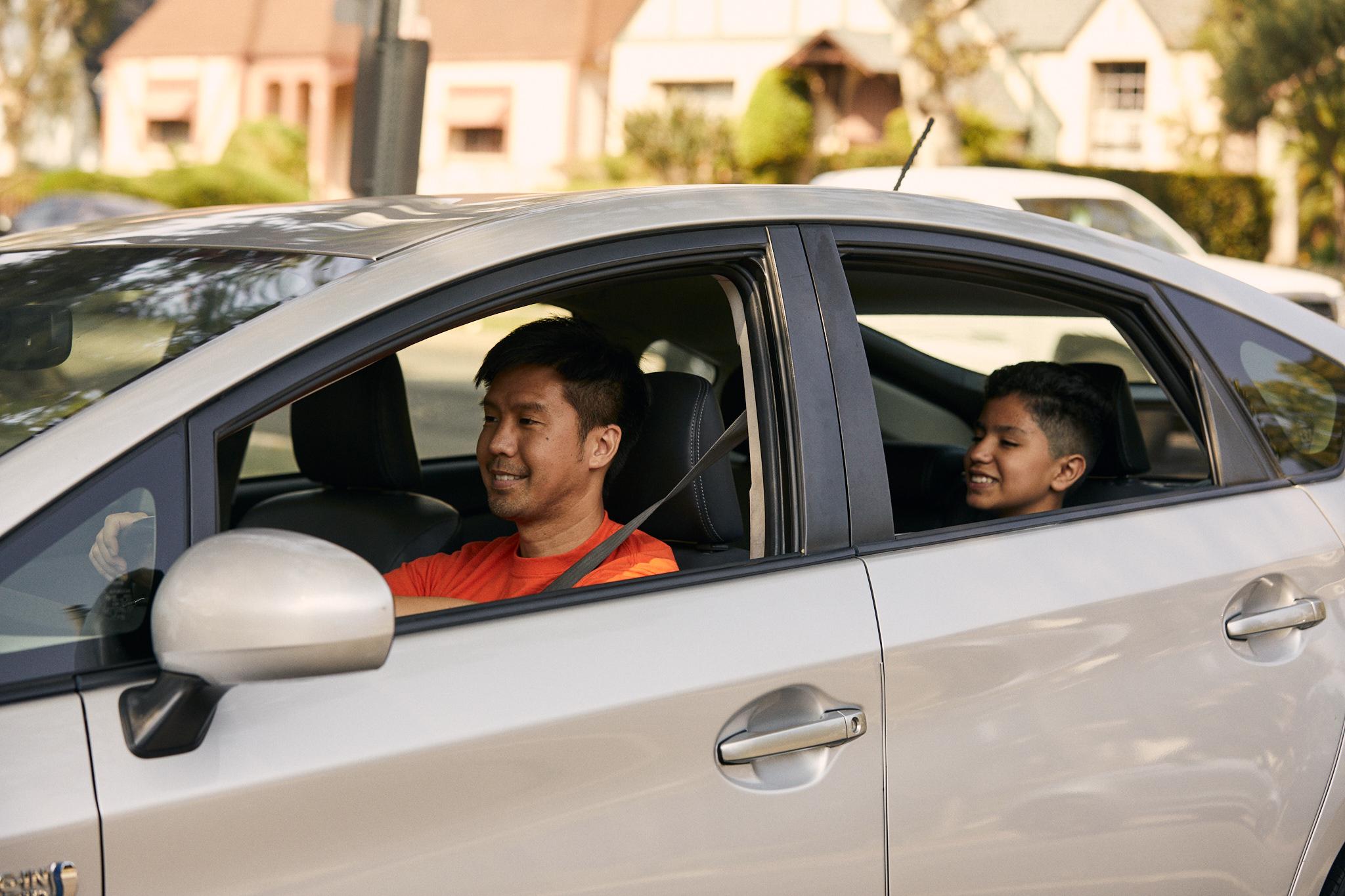Regulating for Modern Student Transportation

Despite dramatic changes in technology, vehicle safety, and education, many student transportation regulations are written for the traditional yellow school bus model, and therefore don’t account for the realities of modern student transportation — and the variety of ways children get to school. It’s vitally important that we begin to right-size these regulations to accurately reflect the needs of students and the innovations that are happening in student transportation today.
When schools have better access to safe and reliable transportation solutions, they are better able to serve their students and families.
Below, we outline the current realities of the modern student transportation landscape.
Student transportation is not one size fits all
There are countless factors that impact how a child accesses education and what type of transportation solution would best meet that child’s needs.
Think about it: open enrollment, changing bell times, geographic diversity — these factors have huge impacts on how a school thinks about the transportation needs of their students. How kids get to school in New York City undoubtedly looks different than in Poughkeepsie.
Not to mention the fact that the needs of the students themselves are varied. Maybe a child needs to get to speech therapy in the middle of the day. Or maybe a student could benefit dramatically from the more controlled and less chaotic environment that is offered by a sedan compared to a school bus.
Student needs are evolving and growing
Back when the school bus first started being the primary form of student transportation, there was no school choice or open enrollment practices. Schools weren’t shifting bell schedules or adjusting the school day in order to recapture learning loss. There were no protections provided to students experiencing housing instability.

Fortunately, schools and state regulators are now far more interested in finding the best solutions for families. As education becomes more customized, the transportation infrastructure will need to become more flexible and customizable as well.
Take the average child experiencing homelessness. She will move three times during a school year. She may move at 7 p.m. on Tuesday night but her school won’t be able to reroute its bus system by 8 a.m. on Wednesday. If that school doesn’t have access to an alternative — and flexible — solution, that child may not have access to school for several days or perhaps even weeks.
School districts require different transportation solutions
For the condensed areas of a school district, filling a 70-passenger school bus might be the easiest and best way to get certain students to school. Other students in that district might be able to take one 10-minute train ride to school. But some students in that same district may be better served by a sedan or SUV.
In order to best meet the needs of all students — and make the best use of resources — school districts need access to a variety of different forms of transportation.
Regulations should reflect the realities of modern student transportation
Set a baseline for safety, consistent with the type of vehicle
Regulations can ensure a baseline for safety upon which district contracts can be built. Recommended baseline standards include:
Motor vehicle history searches to ensure only the safest drivers are providing services to students
Fingerprint-based background checks to check for the same criminal offenses teachers are screened for
Searches against child abuse and neglect records
GPS tracking for all rides
CDL requirement only when driving vehicles that require one per federal regulations
Regular data reporting and established complaint processes to appropriate entities to ensure accountability
Give districts the flexibility to secure the services that meet their needs
School districts today are tasked with meeting the increasingly varied needs of students. This requires an increasingly varied student transportation infrastructure.
In order to adapt to meet the transportation needs of all students, school districts need the flexibility to set the standards for their transportation solutions. This will allow them to best meet the specific needs of their communities.
For example, when a school district is seeking a service for students with a fixed-frame wheelchair, they know to look for a solution where drivers are trained and specialize in wheelchair securement. If that same district is seeking services for students with behavioral challenges, that district is going to need a service that has experienced care professionals who are equipped to work with those riders.
Ensure safety through accountability
Historically, there has been an emphasis on setting stringent safety standards via regulation but little focus on accountability and access to safety data. In a regulatory environment that provides districts with greater flexibility, states can continue to ensure safety through accountability by setting safety reporting standards.
HopSkipDrive is currently an outlier in proactively reporting its safety data but we shouldn’t be. Parents, schools and regulators should never have to guess whether a particular service has a track record demonstrating safety. And they should never have to wonder if existing regulations are actually serving their purpose.
By requiring regular reporting of defined safety incidents, regulators and stakeholders can ensure that all services are operating safely.
Use technology as a tool in setting safety standards
Policymakers set standards for youth transportation with safety in mind. However, when the industry as a whole lacks safety data, we run the risk of setting regulations that don’t actually enhance safety and instead serve to further hinder access to transportation services.
Below are a couple of examples of how HopSkipDrive’s innovative technology and operational expertise can reduce manual processes and further enhance modern student transportation safety when it comes to existing regulations in many states.
Regulation #1: School signage on each vehicle
Potential issues
Can create challenges when vehicles are used across schools/districts and when companies are providing transportation for multiple uses, not just for school transportation.
How HopSkipDrive compares
As a licensed TNC, HopSkipDrive is required to ensure that each vehicle has a decal displayed showing its affiliation with the company. Plus, our innovative technology facilitates transparency and information sharing: Prior to each ride, information about HopSkipDrive Riders and CareDrivers becomes available in the HopSkipDrive app for both parties. Our Safe Ride Support system also has multi-factor authentication.
These safety-driven systems are highly effective and leverage technology to reduce the operational complexities of having to issue school vehicle signage.
Regulation #2: Driving performance tests
Potential issues
May be helpful when driving a large 70-passenger school bus, but not necessary when driving a small vehicle.
How HopSkipDrive compares
HopSkipDrive CareDrivers use their own approved vehicles (all vehicles must be inspected, less than 15 years old, and be in good operating condition). CareDrivers pass initial and ongoing motor vehicle record checks.
Telematics solutions help detect erratic driving behaviors in real-time. These systems are far more effective than a one-time driving performance test, and reduce all of the manual complications.
*In DC, MD, PA and Seattle, vehicles must be no more than 10 years old.


